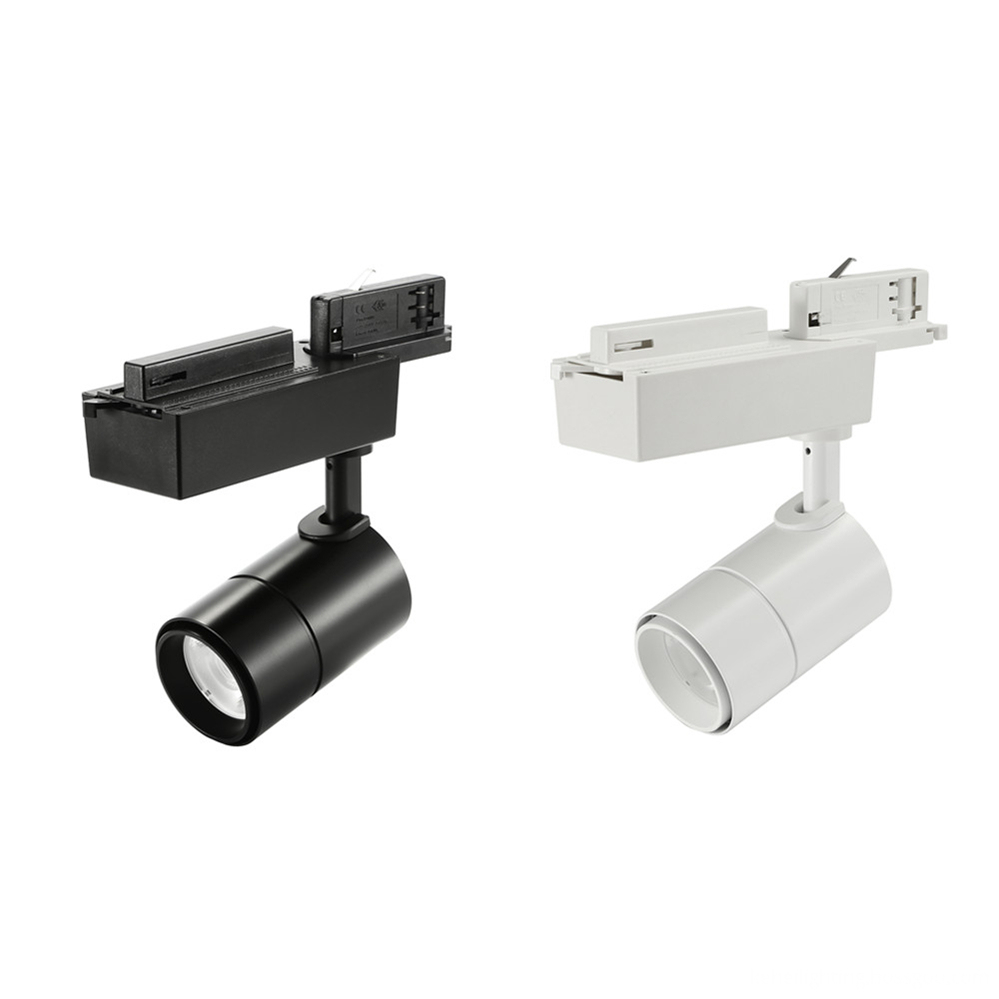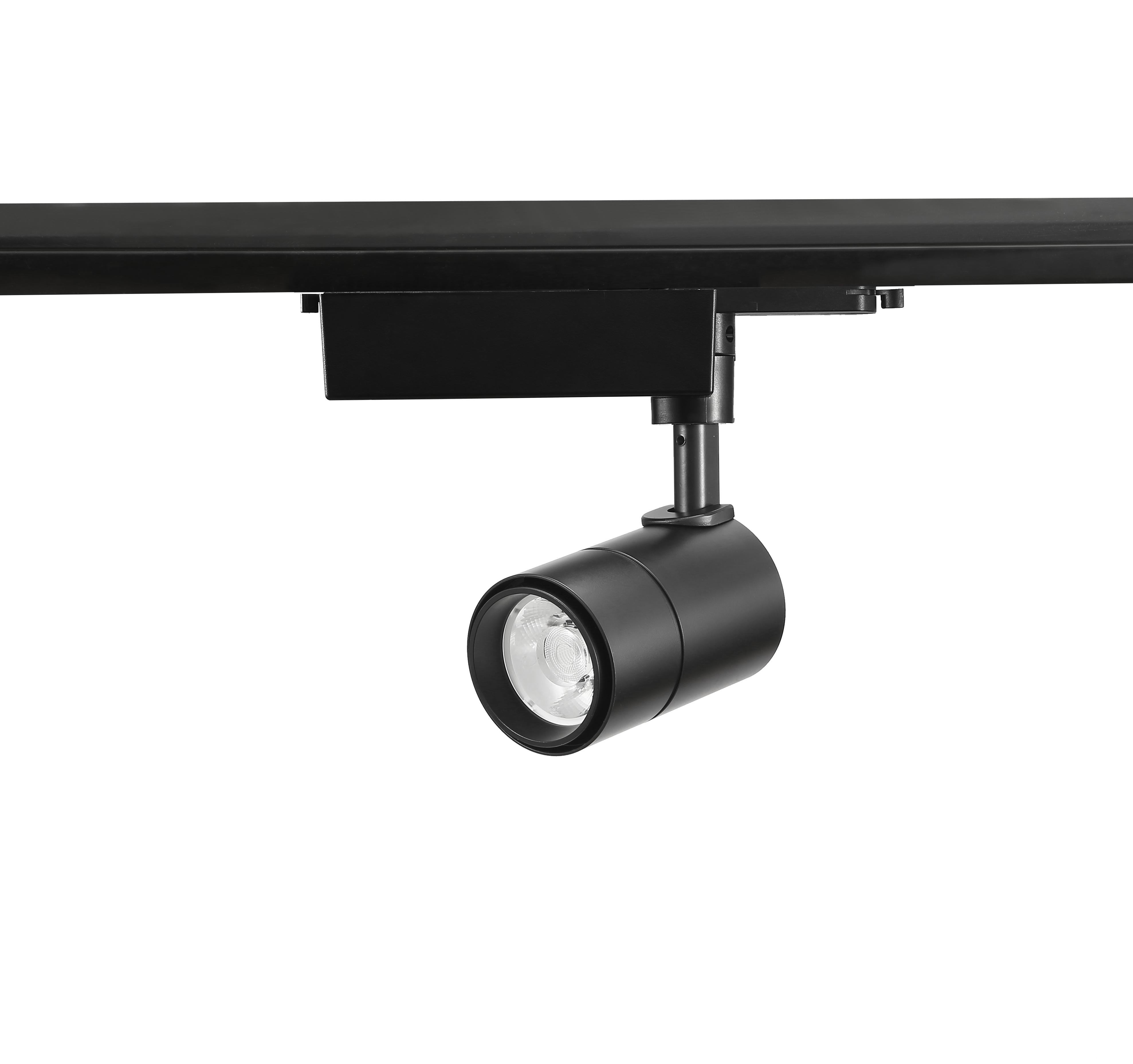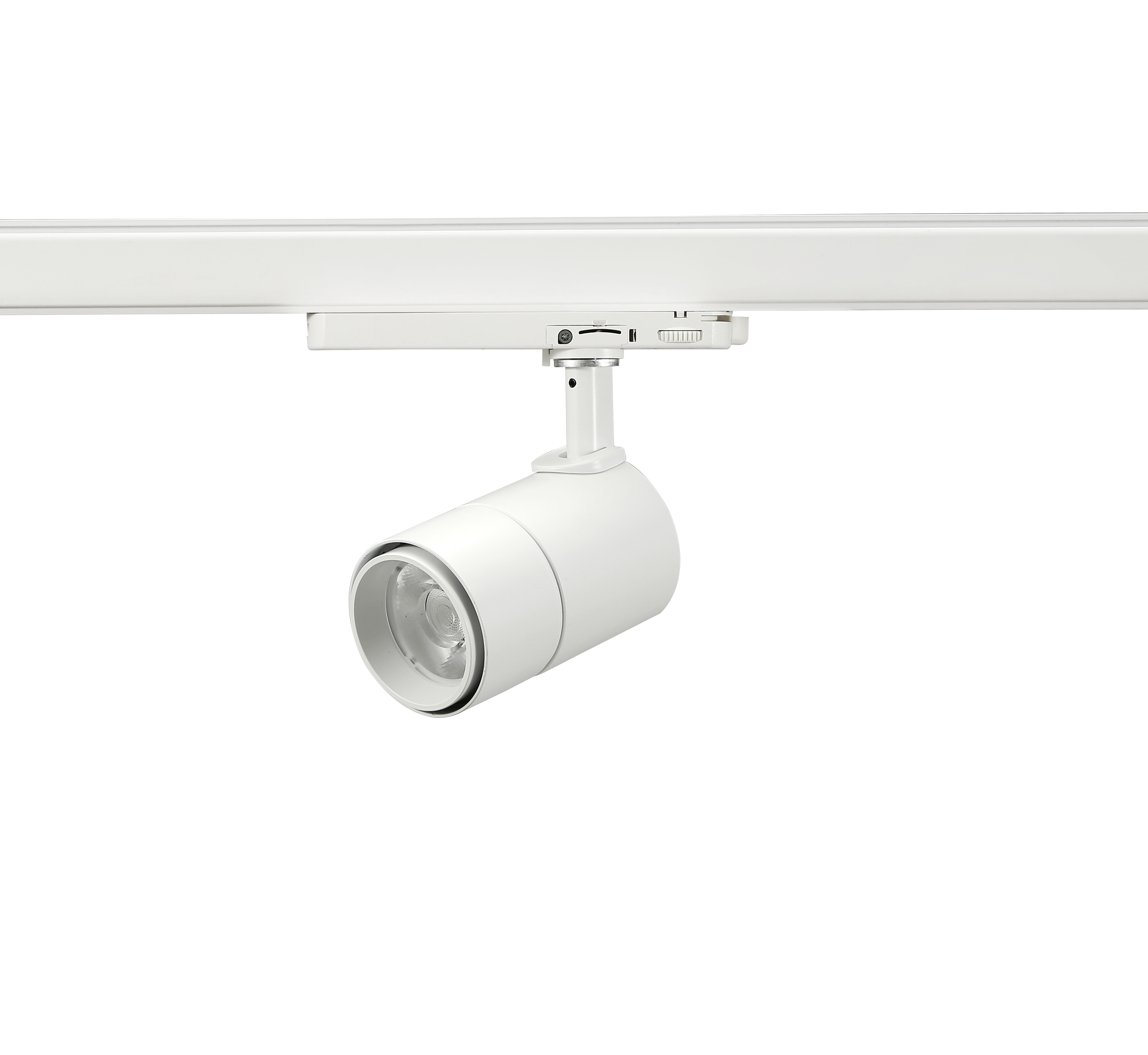What is network video surveillance? Network video surveillance is relative to analog surveillance and digital surveillance. In analog monitoring systems, image transmission, exchange, and storage are based on analog signal processing technology. Digital monitoring introduces advanced digital signal processing technology and realizes digital storage with DVR as a typical representative. The network monitoring is based on digital signal processing, using networked methods to realize signal transmission, exchange, control, video storage and on-demand playback, and through the establishment of a powerful central management platform (CMS), to achieve all codec equipment in the system And unified management and centralized control of video storage devices. For users, they only need to log in to the central management platform to realize unified call, browsing and management of monitoring resources across the network. Network video surveillance realizes end-to-end networking. The system architecture consists of IP front end, TCP / IP network, central management platform, network storage equipment, TV wall decoder and client. The core functions of video servers can be divided into two categories: video encoders and video decoders. The video encoder is located at the front end of the network video surveillance system, and the video decoder is located at the user access end (or called back end). The video encoder is used to realize the digital compression and network of front-end signals (video, audio and other signals). The specific functions include access to analog video and audio information and alarm information at the monitoring point, encoding / compression, transmission, and peripheral equipment (such as cameras, Cloud mirror, matrix, etc.). The above information is processed by the video encoder and uploaded to the central management platform through the IP network, and then distributed by the central management platform to the client, video decoder, and recording storage device. The biggest difference between a video encoder and a network camera is that the video source of the video encoder comes from an analog camera, which needs to be used in conjunction with the analog camera. The network camera is integrated, which itself integrates the analog video capture function. From the current situation, although network cameras are emerging in large numbers, video encoders will still occupy an irreplaceable important position in network video surveillance systems for the following two reasons: First, a large number of analog and digital surveillance systems have been built Network transformation is urgently needed. In order to protect the investment of existing analog cameras, these transformations will generate huge deployment requirements for video encoders. Second, the current selection of network cameras is still far less than analog cameras, which is difficult to meet the different applications of different users. Requirements, so many applications must be based on the analog camera plus video encoder mode to achieve the front-end digital network. The video decoder is used to receive the network video surveillance code stream forwarded by the platform under the control of the PC client, and decodes and outputs the analog signal to peripheral devices such as TV walls and stereos. It is usually deployed in the user's surveillance center. The difference between the video decoder and the PC client is that the video decoder is generally based on hardware decoding and displays the monitoring image through a special display device, while the PC client directly displays the monitoring image through the PC display screen. Since PC clients have more control and management functions, and flexible access and operation, applications based on PC clients for monitoring and browsing are becoming more and more common. However, because the video decoder is based on hardware, with stable performance and good image quality, it still has a very general meaning for many applications that require centralized decoding on the wall. Key Technologies of Network Video Server ARM + DSP dual-core architecture The mainstream processing chips currently on the market, including TI's DaVinci series and HiSilicon's 3510 series, all use the dual-core architecture of ARM + DSP. In this architecture, ARM is the main control processor of the chip, which is responsible for controlling the work of each module of the chip and running the operating system, network protocol, application software, etc .; the DSP system is mainly responsible for the video and audio codec business processing, and the video codec The decoding module jointly completes the encoding and decoding of audio and video. H.264 video compression algorithm H.264 is a new digital video coding proposed by the Joint Video Team (JVT: joint video team) jointly established by ITU-T's VCEG (Video Coding Expert Group) and ISO / IEC's MPEG (Moving Picture Coding Expert Group) Standard, it is both H.264 of ITU-T and MPEG-4 part 10 of ISO / IEC. H.264 takes image compression technology to a higher stage, and can provide high-quality image transmission at a lower bandwidth. This advantage is very suitable for the situation of large domestic users and relatively limited access network / backbone network bandwidth. . Under the same picture quality, H.264 saves 64% of the transmission code stream on average compared to the previous generation encoding standard MPEG-2, and 39% more on average than the MPEG-4 ASP. The MPEG-4 encoding technology commonly used in China does not reach the standard definition image quality under the 3Mbps bandwidth, while the H.264 encoding technology can provide the required image effects under the 2M bandwidth. Therefore, operators hope to introduce more advanced H.264 encoding technology to further improve image quality under limited bandwidth resources With the continuous development of technology, more and more network video servers have supported the H.264 compression algorithm. H.264 is gradually replacing MPEG-4 and becoming the mainstream algorithm in the security industry. G.726 audio compression algorithm G.726 is an audio coding algorithm defined by ITU-T. It was proposed by CCITT (predecessor of ITU) in 1990 on the basis of G.721 and G.723 standards. It has a higher compression ratio of 4: 1. Commonly seen problems with video servers At present, most video surveillance systems have a big disadvantage: massive video data occupies expensive storage resources, and the utilization rate of these video data is often not high. The conventional method is to arrange a special person to regularly watch the video for troubleshooting. It is time-consuming and labor-intensive, and it is not effective. It is difficult to achieve real "technical defense". Some companies such as MABTEX have pioneered the introduction of front-end network equipment that supports intelligent video analysis technology. Through computer vision technology and artificial intelligence technology, "virtual fence", entry area event detection, leftover object detection, occurrence event detection, etc. are very useful. The security function can automatically identify the data that meets the preset characteristics from the massive video data and return it to the management terminal, which makes the entire video surveillance system "significantly thin", reducing the requirements for network bandwidth and terminal storage equipment, and improving the system. Overall performance, and reduced system cost. At the same time, the application of network equipment is increasingly restricted by the network connection rate (bandwidth). When the video server can transmit images with HD or higher quality, the upstream bandwidth requirement reaches about 1M. If you want to transmit clearer images, Ordinary ADSL transmission can no longer meet the demand. D-LINK and other manufacturers have timely released video servers with storage function to solve this problem. With front-end storage, you can save the high-definition video data you need 7 × 24 hours without worrying about network congestion. Impact, through the support of USB, SD card, IDE / SATA hard disk, greatly improved the competitiveness of the video server. Through the function of the terminal software, the new video server can also automatically choose to upload the front-end stored video data when the network is idle. This user-friendly function setting greatly improves the existing without adding any hardware equipment. The performance of the IP video surveillance system makes the advantages of the IP video surveillance system more obvious than the traditional analog surveillance system. Under the bright prospects for the development of the security industry, people in the industry should also be soberly aware of some constraints that hinder the further development of video server manufacturers, mainly including the following points. 1. The compatibility of video servers on the market is currently poor. In order to protect their own interests, various manufacturers take technical restrictions. It is difficult for different brands of equipment to be used in a system at the same time. This approach is limited in the long run. The competitiveness of its own brand products. 2. The terminal software developed by various manufacturers has different functions and different usage methods. The lack of professional training for customers often makes users confused. At the same time, the non-standard software interface makes the compatibility of various brand devices almost zero, and even some manufacturers Not even SDK packages are provided, and secondary development is not supported. The barriers created on the software in this way consume a lot of manpower and material resources in the actual project and damage the interests of customers. 3. Due to the large number of OEM products and illegal counterfeit products on the market, customers are overwhelmed. Hardware devices can be counterfeited, and software can be copied. In order to prevent illegal soft copies, the original manufacturers often set traps on the software. When users choose a video server, they also choose to buy back products that cannot be used, which bears huge risks. 4. Compared with other video surveillance products, video server products have high integration, complex composition, and high hardware cost. When failure occurs, they can often only be returned to the factory for repair. The cost of after-sales service is high, and the response speed is often not satisfactory to customers. All businesses must improve the new technology of the video server, at the same time improve the technical support for the original products and related upgrade services, to the satisfaction of end users as the highest principle, this is the fundamental way for a product and an enterprise to survive and develop .
2 / 3 / 4 phase are available.
Matt white / black / silver color for option.
DILI systerm, dimmable, CCT changeable, 0-10V, dial swith are available.
High PF, high lumen, high CRI, >90Ra, high reflectance diffuser (Lens+Reflector) with 12° / 24°/ 36° for choice.
15W LED Track Lights are popular in clothing store, show case, shopping mall, jewelry store, museum etc.
15W Led Track Lights 15W Dimmable LED Track Light,15W Mini LED Track Lighting, 15W Commercial LED Track Light,15W Color Changing LED Track Light SHENZHEN KEHEI LIGHTING TECHNOLOGY CO.LTD , https://www.keheiled.com



Video server plays a role in surveillance